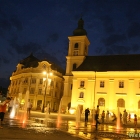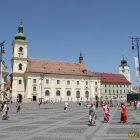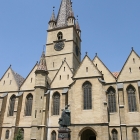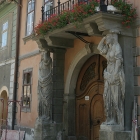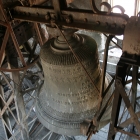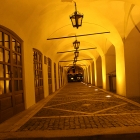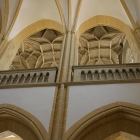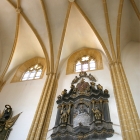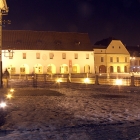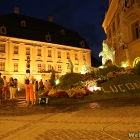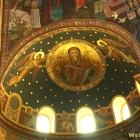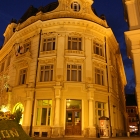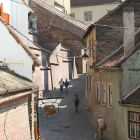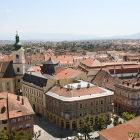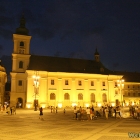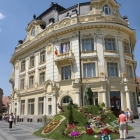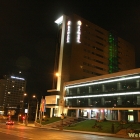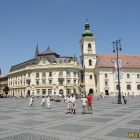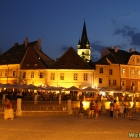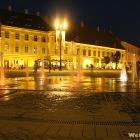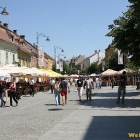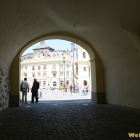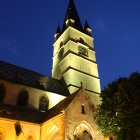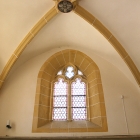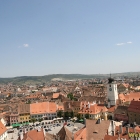Sibiu (Hermannstadt) The charm of a former European cultural capital
With a documented history of nine centuries, Sibiu is one of the oldest cities in Romania. Situated in the heart of Transylvania, Sibiu was built by German settlers brought here by the Hungarian king. Back then, Transylvania was part of Hungary and the settlers were brought to defend the border of the empire and to help the economic development. And indeed, the German colonists (known as Transylvanian Saxons or Siebenburger Sachsen) erected several flourishing cities in the region, known by their German or Magyar name: Cluj (Klausengurg / Kolozsvar), Sighişoara (Schassburg / Segesvar), Braşov (Kronstadt / Brasso), Bistriţa (Bistritz / Beszterece), Mediaş (Mediasch / Medgyes), Sebeş (Muhlbach / Szaszsebes).
If Braşov and Cluj are today very important industrial and urban centers, Sibiu and Sighişoara have best preserved the medieval look with houses fortresses and heavy walls, cathedrals and later baroque mansions.
The development of Hermannsdorf to Hermannstadt is helped by the spread of guilds, associations of craftsmen which observed strict rules of conduct regarding customers and fellow workers. Masons, carpenters, carvers, butchers, glass workers, tailors and others united in the Middle Ages in associations that allowed them to work individually at certain standards, protect their interests and professional secrets, help those among them in need and serve other functions that a trade union might serve today. They often built meeting places, churches and local institutions for communal benefit.
Sibiu was the capital of Transylvania while it was included in the Habsbourg Empire. The 19th century and the beginning of the 20th has seen a great development for Sibiu, which became the third city in the Austro-Hungarian Empire to have electric lighting and the second to have electric tramway.
A generous donation by baron Sammuel von Brukenthal, the museum that can be visited in his former palace is the oldest museum in Romania, opened to the public with three years before the Louvre. Right next to the Brukenthal Palace there is the town-hall, a baroque building that was a former bank. Dominating the main city square is the Catholic church built by the Jesuits in the 18 century in the early Viennese baroque style, with a distinct church bell tower.
The Evangelical Church in the Huet Square is a beautiful Gothic cathedral built in the 14th century. In front of it there is a statue of Georg Daniel Teutch, a bishop, historian and political figure, statue made by Adolf von Donndorf. The Orthodox cathedral was built in the romantic style, while Transylvania was still a part of the Austro-Hungarian Empire, a decade prior to the reunification with Romania, after the first world war.
Though the German minority dropped during the communist regime and soon after due to emigration to Germany, Sibiu still remained a very cosmopolitan city with mixed cultural traditions coming from a long history that brought together Romanians, Germans, Hungarians, Gypsies and a numberless nations of foreign visitors. For its cultural heritage, Sibiu was designated in 2007 as Cultural Capital of Europe, a title that is granted annually by the European Parliament.
Mai multe despre: Architecture, Romania • Brukenthal • Hermannsdorf • Hermannstadt • Nagyszeben • Romania • Sibiu • Transilvania • Transylvania- Home Page
start page - Architecture
landmark buildings - Sacred architecture
places of worship - Nature
landscape photography - Concert
performing artists - Christmas
Santa Claus pictures
- Jooble
jobs for photographers - Escape
an out of control blog - Merry Christmas
The best organizer of Christmas parties - Astro photo
Eclipse hunting and astrological photography

